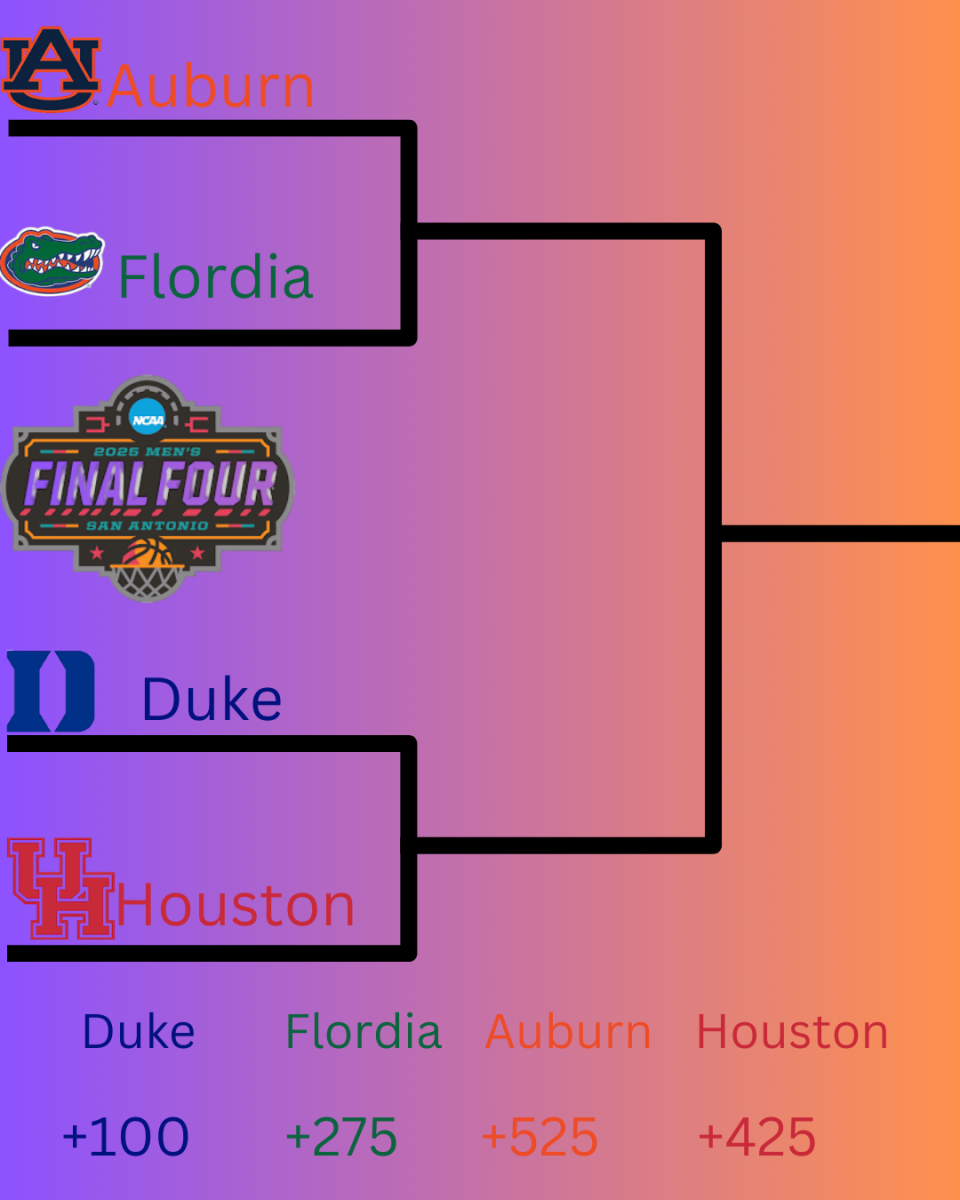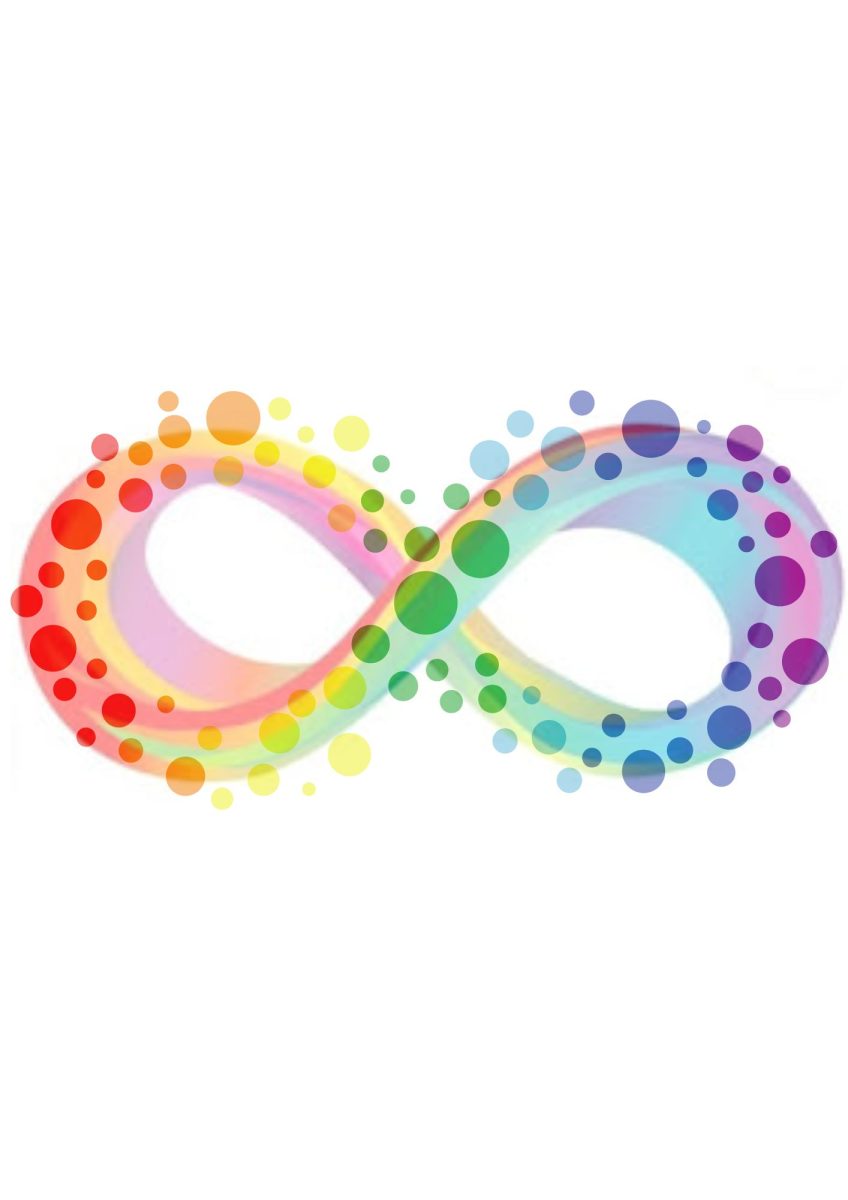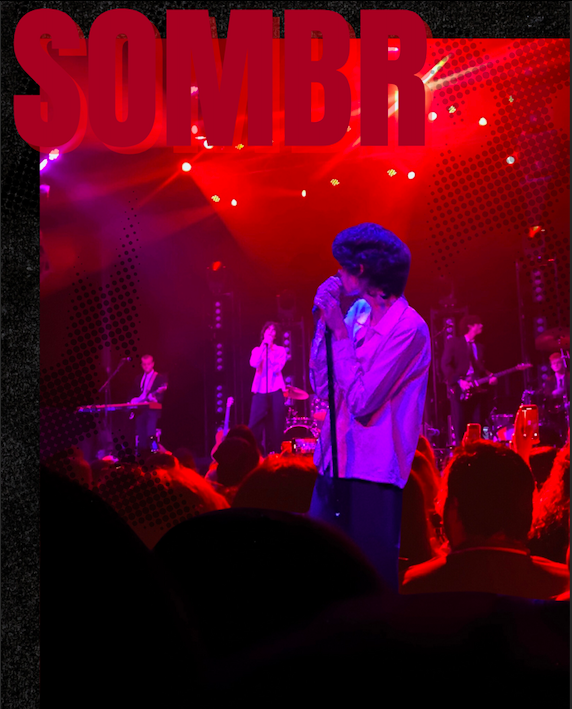Colorado has a range of allergy seasons based on what is growing at the time.
“My symptoms are a super stuffy nose, lots and lots of sneezing, and sometimes red, irritated eyes,” Tatum Levering ‘27.
University of Colorado Boulder wrote, “Over 25 percent of adults in the U.S. suffer from seasonal allergies, but scientists have struggled to track allergy trends because cases don’t always require medical care.”
What Different Seasons Bring
Winter symptoms aren’t very prominent because of snow and plants dying because of the cold. Although people can still experience symptoms because of indoor allergens like dust and pet hair.
Spring brings tree pollen like elm, cottonwood, aspen, juniper, cedar, oak, and maple, making spring the heaviest allergy symptom season.
Summer brings grass, tumbleweed, and sagebrush allergies.
Fall allergies are most commonly caused by weeds, with ragweed being the most common because it can last longer in colder weather.
“My allergies are the worst when class is quiet because all I do is sneeze and sneeze,” Levering said, “I’ve had teachers keep track of how much I sneeze and give me my own box of tissues.”
Cires Colorado made a dot density and proportional symbol map created to show the Z-scores (density) of allergies in the US.
“Stallard-Olivera and Fierer calculated Z-scores, a measure of how far away a data point is from the average, for U.S. counties with populations greater than 500,000.”
My Experience
For me, spring, summer and fall are the worst for my allergies. My symptoms start around spring break in March and last until October. What helps me is to take Equate Allergy Relief (Cetirizine Hydrochloride) and Zyrtec (cetirizine) when I have skin itchiness or hives and sinus headaches. I also use a nasal spray like Flonase (fluticasone) and Xlear (saline). I have tried AstePro (azelastine) and it caused severe stomach pains for me, but symptoms vary for each individual. I am heavily sensitive to pollen and ragweed, so I experience allergy symptoms for about eight months of the year.
If you take Benadryl (diphenhydramine) to cover all your symptoms with one pill, aim to take it in the evening to prevent drowsiness. From personal experience, one Benadryl liquid gel has knocked me out, and I slept for 12 hours. I do not recommend sleeping with your window open at night if you are sensitive to pollen.
IMPORTANT
Read the drug facts and directions prior to use. Most drugs are not recommended to be taken for long periods of time.
Information and drug names from GoodRX
The most common nasal sprays to take when you have allergy symptoms are…
- Flonase Allergy Relief (fluticasone)
- Nasacort Allergy 24 Hour (triamcinolone)
- Astepro Allergy (azelastine).
The most common allergy pills are…
- Claritin (loratadine)
- Zyrtec (cetirizine)
- Benadryl (diphenhydramine)
“I take Costco brand allergy pills and Zertec,” Levering said.



![Minutes before the Activities Fair in the gym, president Abhi Gowda ‘26 prepares the stall for his club Helping Hands, Sept. 4. A relatively new club, Helping Hands was co-started by Gowda and focuses on assisting the homeless, and just last year they succeeded in raising a couple hundred donations to send to shelters. This year, they have goals to expand, with hopes to increase volunteer opportunities and take in-person trips to shelters, as well as extend their help beyond just homeless people. “The Activities Fair gives a lot of underclassmen the opportunity to really get to know the Canyon culture, and it gives them many opportunities for service and volunteering,” Gowda said. “[Through the Activities Fair,] I hope to find a bunch of new and passionate members about our club and just get our name out there and spread awareness to the cause that we’re fighting for.”](https://rockmediaonline.org/wp-content/uploads/2025/09/1-2-1200x885.jpg)







![The winter guard team makes fifth place at the state championship finals in the Denver Coliseum, March 30. The team performed to Barnes Country's “Glitter and Gold,” lead by coaches Margo Sanford, Blair Bickerton and Anna Orgren. In their class there were a total of nine groups participating, and the top five who made it to finals received a plaque. “[Walking onto the stage] is very nerve-wracking, but also very exciting as well. When you first start color guard there's a lot of anxiety and uncertainty when you first perform in front of an audience, but once you've done it for a while, it starts to become the best part of the season,” Ella West ‘25 said. “It's very fulfilling to see an audience react to something you've put your heart and soul into.”](https://rockmediaonline.org/wp-content/uploads/2025/04/Both-socal-media-nd-website-main-1-1200x846.jpg)


![April marks the 25th anniversary of Sexual Assault Awareness Month, created by the National Sexual Violence Resource Center (NSVRC). This month is to spread awareness of the harassment, assault and abuse that happens around the world. The symbol that represented the month was a teal ribbon; however, some survivors of assault create different symbols and movements like the TikTok trend in 2022, where survivors would tattoo Medusa on their body, in honor of her backstory in Greek Mythology. “I don't think [this month is known] at all. I rarely see anybody talk about it. I rarely see much of an emphasis on posting it online, or much discussion about it, and I feel like there needs to be way more discussion,” an anonymous source said. “I think just validating every experience that a person has gone through, regardless of the degree of it, the severity, is an essential step into making sure that people are aware that this is a very real problem in a society and that we need to do better in addressing it.”](https://rockmediaonline.org/wp-content/uploads/2025/04/IMG_0011-1200x900.jpg)












![Lesbian Visibility Day is April 26, and it’s a holiday to celebrate the lesbian community of the world. Lesbian Visibility day was established in 2008 by many queer activists and organizations who sought to raise more awareness for lesbian history and culture. “So this is why during Lesbian Visibility [Day] we celebrate and center all lesbians, both cis and trans, while also showing solidarity with all LGBTQ+ women and nonbinary people,” Linda Reily, in an article written by her, said.](https://rockmediaonline.org/wp-content/uploads/2025/04/Lesbian-Visibility-day.jpeg)







Diane McReynolds • Apr 21, 2025 at 6:12 pm
Avery, your article about seasonal allergies is very informative. Sharing your personal experiences with allergies made your article relatable to the readers. Well done.